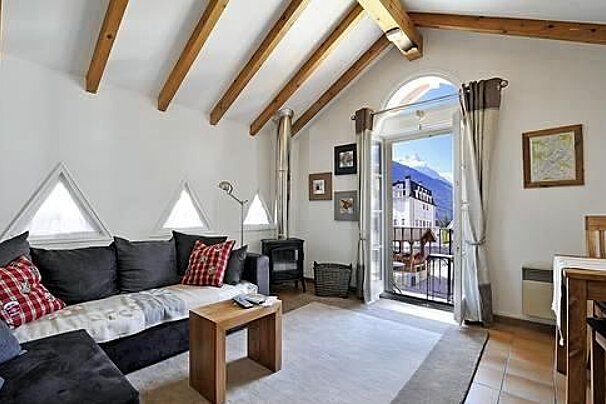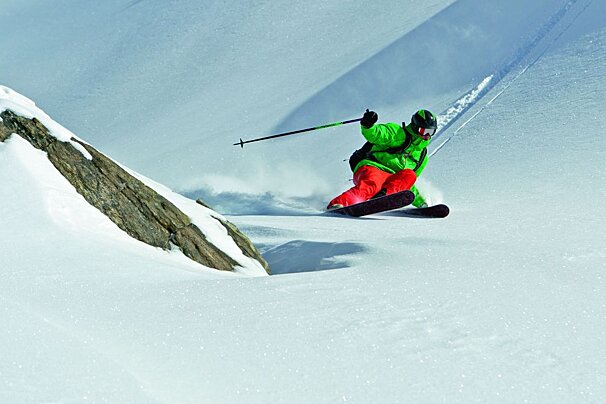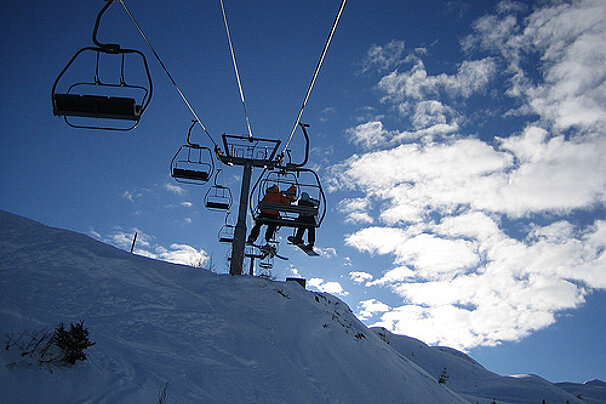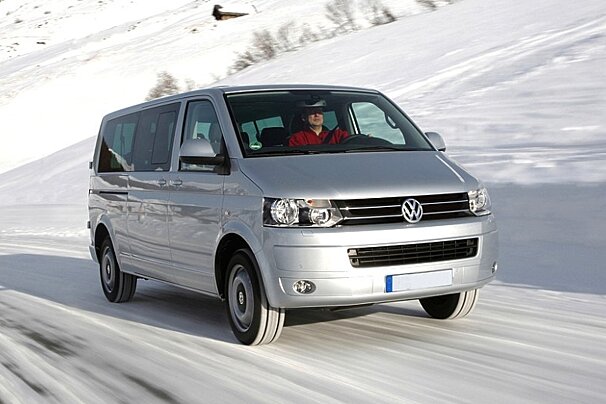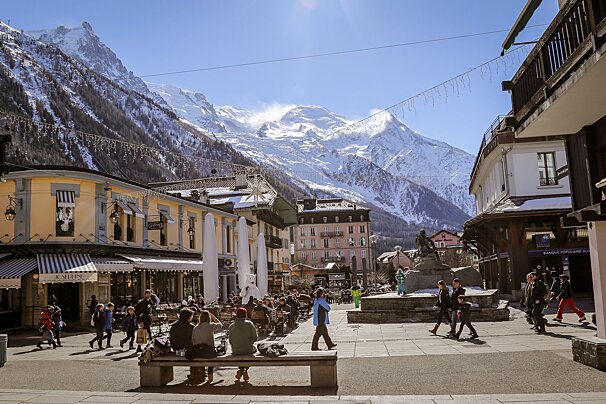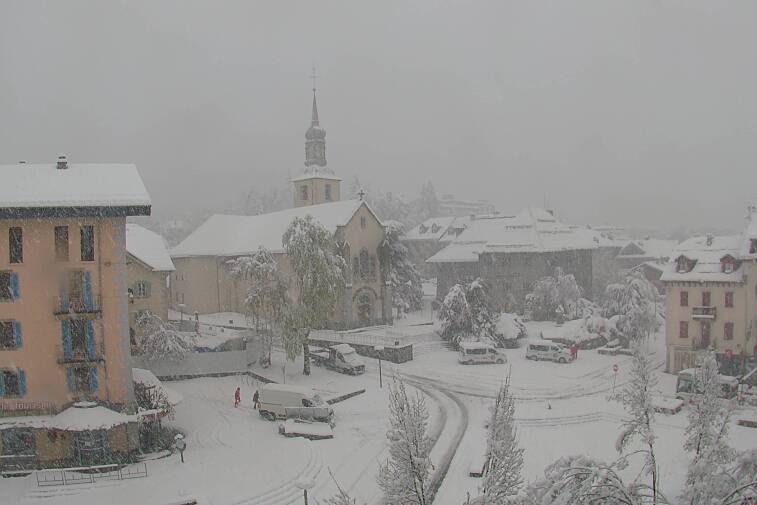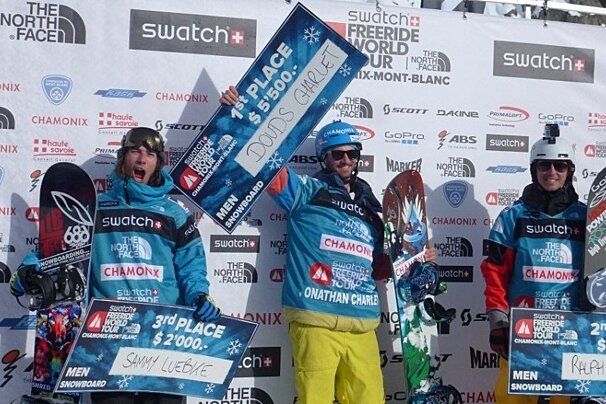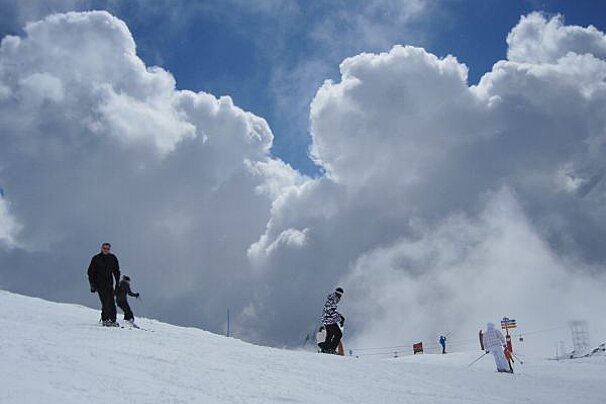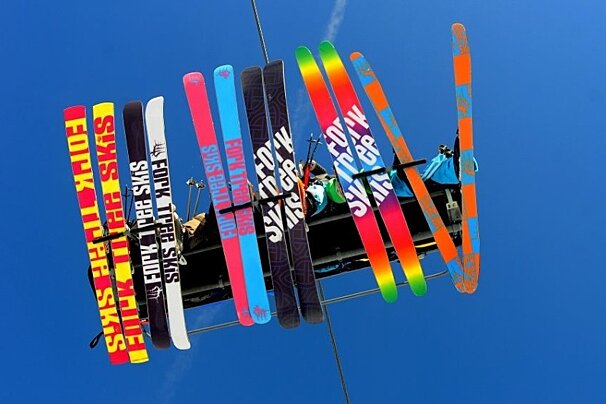Selecting the Right Snowboard for Your Style
Whatever your snowboarding style, if you ride a Freeride, Freestyle or Carving board, the choice of manufacturer and design are plentiful. Selecting the right board from the magnitude available is difficult and individual to your skill level and riding style however the type of snowboard you purchase should be in correlation to the type of riding you like to do. Both Freeride and Freestyle boards are good all-rounders, and a good starting point for beginners to get their ‘boarding legs’. As you progress through the boarding ranks, you’ll understand what type of board suits you and your riding style best. The following considerations are also important:
Board Length
The length of your board depends of the type of boarding done. Generally, taller, heavier people will take a longer board than smaller, lighter men and women. Similarly, whereas Freeriders or riders who want stability opt for a longer board, Freestyler boarders normally favour a shorter, twin tipped board in the park. There are however a couple of basic guidelines to remember when selecting the appropriate snowboard length:
- Long boards should go from your forehead to well above your head. Used by advanced boarders, they are effective in high-speed carving, deep powder and off piste mountain terrain
- Medium sized boards should reach between your chin and eyebrows. Favoured by many intermediate to advanced riders who cover a wide variety of terrain
- A small board for use in the boardpark and riding tricks, should reach somewhere between your shoulder and chin. It’s not advisable for heavy riders to use a short board as they will be come unstable at high speeds
Width
The width of the board is relational to your boot size and binding and affects stability and flotation. Experienced Freeriders prefer a widerboard to glide through the powder. Although they are slower edge to edge, some Freeriders prefer a narrower board to initiate turns faster with more manoeuvrability. Men with large feet tend also to select a wider board so that they don’t catch the front of their feet when riding on the toe edge! Riders with big feet who prefer a narrower board can set their bindings accordingly at a steeper angle.
Flex
Every board has its own flex pattern. As with skis, flex is measures in ‘torsional’ (the flex across the width of the snowboard), and ‘longitudinal’ (the flex from tip to tail). As a guide, the more experienced rider will ride a stiffer board as it gives them more control in higher speeds. A soft, flexible board is great for a beginner rider as turns are easier making the board more manageable in low speed conditions.
Graphics
Of course, a funky design will only add to your street cred!
